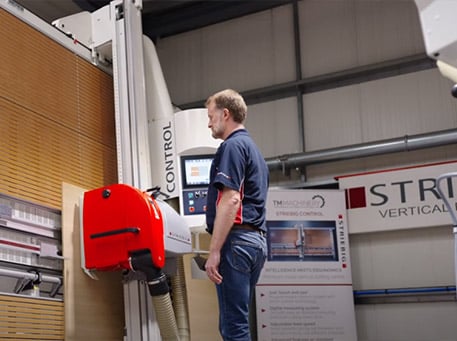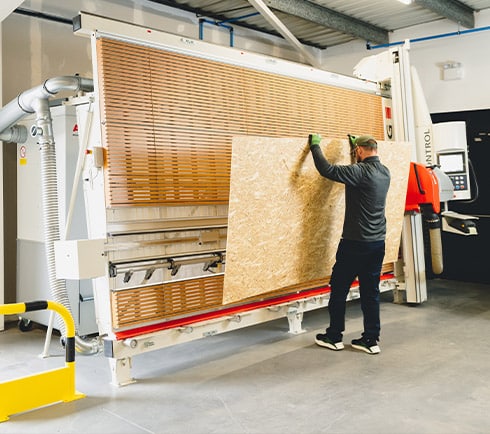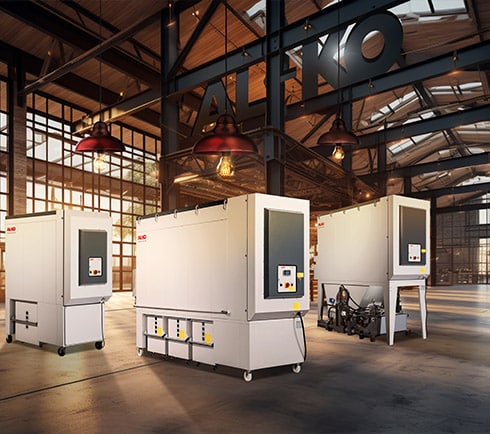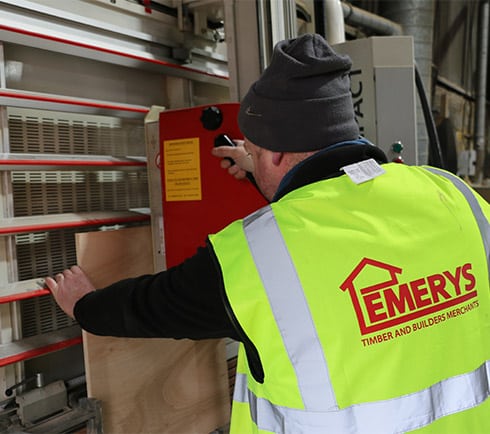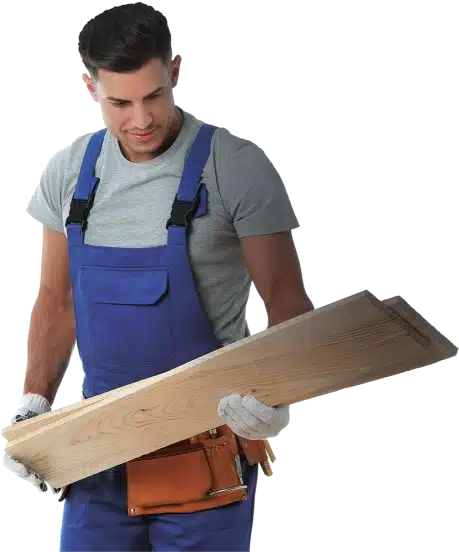When it comes to cutting sheet materials, two tools reign supreme – the vertical panel saw and table saw. Both of these tools can be an excellent way to ensure precision and productivity within your workshop, but there are specific benefits that you should be aware of.
Based on your goals, workflow, and working environment, one model may be a better option over the other. Understanding these benefits and how these tools work is easier through comparison, and this Q&A does just that. To help you make the best decision for your workspace and ensure you are informed at all stages of the process, TM Machinery is sharing the most commonly asked questions regarding the Vertical Panel Saw v the Table Saw.
Can One Person Handle Large Panels On A Vertical Panel Saw?
In many cases, it is possible to operate a vertical panel saw independently, but this can vary based on the types of panels used and whether there are load-bearing facilities in the workshop.
If you are using very large or flexible panels, then it may require two men to load the board onto the machine and ensure a precise cut. However, when using vertical panel saws with the right handling equipment, such as a vacuum lifter, it can be a one-man job.
How Can I Trim All Four Sides Of A Panel Without Rehandling?
At TM Machinery, we can provide solutions to streamline the working process and prevent the need for rehandling, even when trimming all four sides of a panel. Our team will work with you to determine the best solution for your workshop, but we can provide a range of devices to make this easier, for example, lifting devices that can raise the board.
With some saws, such as the Edition 60 and 4D machines, the panel can be lifted from above to allow access to all four sides without rehandling.
Does Your Cutting Saw Have All These Safety Features?
Safety standards are fairly standard across the industry, with most saws offering protection in the form of door interlock, twitches to rev, access to the blade, blade guarding, and dust extraction.
Safety And Manual Handling: Vertical Panel Saw v Table Saw?
The main safety issue when using a sliding table saw is contact with the saw blade, which can be hard to avoid when cutting. During operation, the blade on a table saw is exposed and has caused many accidents in the past. However, now there are a lot of new and inexpensive safety features which can improve the operations of the table saw and prevent contact with the blade.
Despite these safety features, manual handling may still cause issues when using a table saw, especially with large jumbo sheets or flexible panels. These kinds of panels require two men to lift them onto the machine and feed them through.
The vertical panel saw makes things easier, as there are automatic features often as standard, which can offset this issue and prevent incorrect use.
How Do The Safety Features Between a Vertical Panel Saw v Table Saw Compare?
To avoid issues when using a table saw, specifically contact with the blade, Striebig offers a range of safety features such as saw guards, door interlock and a motor brake. These are safety features that come as standard with the Striebig Table Saw to improve operation and maintain safety in the workshop.
For the Vertical Panel Saw, many automatic features take the pressure off the operator and make the device easier and safer to use. With these features, the vertical panel saw simply will not do what it is not meant to do and can shut down operation if issues are detected, preventing incorrect use and risk of injury.
Contact Us Today
To find out more about TM Machinery — talk to our team.
